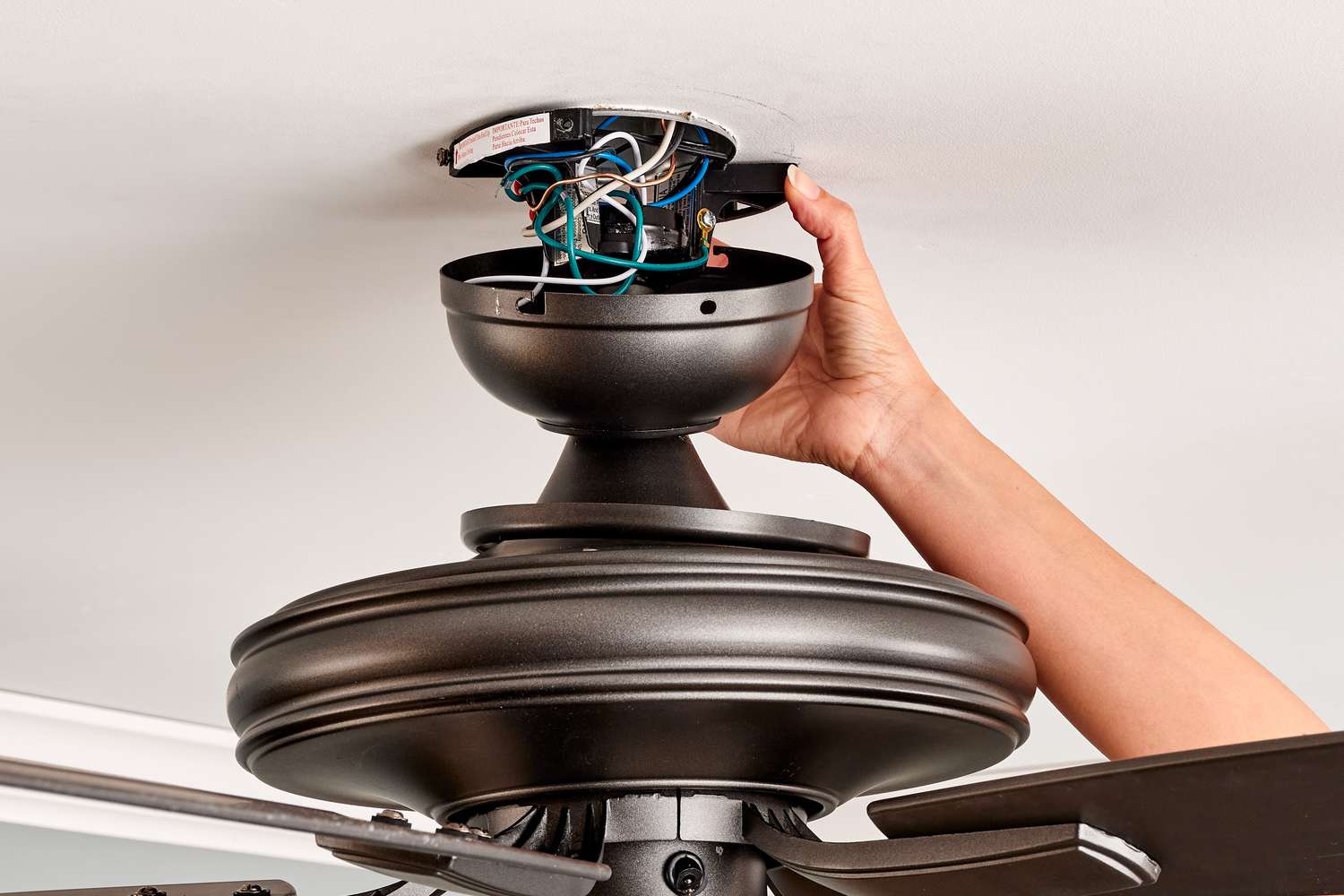

Articles
How To Stop A Fan From Wobbling
Modified: October 20, 2024
Discover effective methods to stop a wobbling fan with these informative articles. Get quick and simple solutions to ensure a stable and comfortable environment.
(Many of the links in this article redirect to a specific reviewed product. Your purchase of these products through affiliate links helps to generate commission for Storables.com, at no extra cost. Learn more)
Introduction
Are you tired of your ceiling fan wobbling and making annoying noises? A wobbly fan not only detracts from the aesthetic appeal of a room but can also be a safety hazard. The good news is that fixing a wobbling fan is often a simple task that you can do yourself without the need for professional help.
In this article, we will guide you through the steps to stop a fan from wobbling and restore its smooth operation. We will discuss common causes of fan wobbling, the tools and materials you will need, and a detailed step-by-step process to ensure your fan stays stable and balanced.
Before you begin, it’s important to note that safety should always be a priority. Make sure to turn off the power to the fan at the circuit breaker before starting any work. Additionally, if you have any concerns about your ability to safely perform the necessary tasks or if your fan is particularly heavy or complex, it may be best to consult with a professional electrician or technician.
Now, let’s dive into the common causes of fan wobbling and how to address them effectively.
Key Takeaways:
- Addressing common causes of fan wobbling, such as poor mounting, loose screws, unbalanced blades, and ceiling movement, can restore stability. Use a ceiling fan balancing kit and seek professional help if needed for a wobble-free fan.
- Prioritize safety by turning off the power, using stable equipment, and seeking professional assistance for complex or persistent wobbling issues. With the right steps, you can enjoy a tranquil and comfortable environment in your home.
Read more: How To Stop A Ceiling Fan From Squeaking
Common Causes of Fan Wobbling
There are several potential reasons why your ceiling fan might be wobbling. Understanding these common causes will help you pinpoint the issue and take the necessary steps to eliminate the wobble.
- Poor Mounting: Improper mounting is one of the most common causes of fan wobbling. If the fan is not securely fastened to the ceiling, it can lead to instability and wobbling. Make sure the fan is properly attached to a sturdy junction box or brace that can support its weight.
- Loose Screws: Over time, the screws that hold the fan blades or blade brackets in place can become loose. This can create an imbalance and cause the fan to wobble. Inspect all the screws and tighten them as needed to ensure a secure connection.
- Unbalanced Blades: Another common cause of fan wobbling is unbalanced blades. If the blades have different weights or are not aligned properly, it can lead to an uneven rotation and wobbling. Balancing the fan blades will help restore smooth operation.
- Ceiling Movement: In some cases, the wobbling of the fan may be caused by the movement of the ceiling itself. If the ceiling is not stable or if there are vibrations from nearby machinery or construction, it can transfer to the fan and cause it to wobble. Addressing the ceiling stability is necessary to resolve this issue.
By identifying these common causes of fan wobbling, you can narrow down the potential problems and implement the appropriate solutions. In the next section, we will discuss the tools and materials you will need to fix a wobbling fan.
Tools and Materials Needed
Before you start the process of stopping a fan from wobbling, gather the necessary tools and materials. Having these items readily available will make the task easier and smoother.
Here is a list of the tools and materials you will need:
- Step ladder or sturdy stool: You will need a safe and stable way to access the fan and ceiling.
- Screwdriver: It will be used to tighten screws and adjust various components of the fan.
- Ceiling fan balancing kit: This kit includes a balancing clip and weights that help balance the blades for smooth operation.
- Level: A small level tool will help ensure that your fan is properly aligned.
- Wire cutters or pliers: You may need these tools to trim or adjust the balancing weights.
- Optional: A flashlight can be useful to inspect hard-to-reach areas of the fan and ceiling.
Make sure to gather all the tools and materials before you begin, as it will save you time and effort during the process. With these items in hand, you are ready to take the necessary steps to stop your fan from wobbling. Now, let’s dive into the detailed steps of the process.
Steps to Stop a Fan from Wobbling
Now that you have gathered the necessary tools and materials, let’s walk through the step-by-step process to stop a fan from wobbling. Follow these instructions carefully to ensure successful results:
- Check the Fan Mounting: Begin by checking the fan mounting. Make sure it is securely attached to the ceiling and that the junction box or brace is stable and can support the weight of the fan. If there are any issues with the mounting, address them before proceeding.
- Tighten the Mounting Screws: Use a screwdriver to tighten all the screws on the fan. Check the screws that hold the fan blades, blade brackets, and other components in place. Ensure that they are snug and secure. This will help eliminate any looseness that can contribute to wobbling.
- Balance the Fan Blades: Use a level to check if the fan blades are evenly aligned. If you notice any blades that are higher or lower than the others, gently bend them back into place. You can also try using a fan balancing kit. Attach the balancing clip to one of the blades and turn on the fan at a low speed. If the wobbling persists, adjust the clip or use the provided weights to achieve balance.
- Use a Ceiling Fan Balancing Kit: If the previous step doesn’t solve the wobbling issue, you can try using a ceiling fan balancing kit. Follow the instructions provided with the kit to attach the weights to the blades. Test the fan after attaching each weight to determine the optimal position for balance. Keep adjusting until you achieve a stable and wobble-free rotation.
- Check the Ceiling for Stability: Occasionally, fan wobbling can be caused by an unstable ceiling. Check if there are any signs of movement or vibrations in the ceiling. If necessary, reinforce and stabilize the ceiling by tightening screws or consulting a professional. Addressing the ceiling stability will help prevent future wobbling issues.
- Seek Professional Help if Needed: If you have followed these steps and the fan still wobbles, or if you are unsure about performing any of the tasks yourself, it is best to seek professional assistance. An electrician or technician can handle more complex issues and ensure the fan is safely and effectively repaired.
By following these steps, you should be able to stop your fan from wobbling and enjoy a smoother and quieter operation. Remember to exercise caution and prioritize safety throughout the process. Now, let’s wrap up our discussion.
Check the Fan Mounting
One of the first things you should do when trying to stop a fan from wobbling is to check the fan mounting. Improper mounting can lead to instability and wobbling, so it’s important to ensure that the fan is securely attached to the ceiling.
Here are the steps to check the fan mounting:
- Turn Off the Power: Before you begin, ensure that the power to the fan is turned off at the circuit breaker. This will prevent any accidents or electrical shocks while you work.
- Access the Fan: Use a stable step ladder or stool to reach the fan. Make sure your ladder/stool is secure on a flat surface to avoid any slipping or accidents. Take care not to strain yourself while reaching for the fan.
- Inspect the Mounting Bracket: Look at the mounting bracket that holds the fan to the ceiling and check for any signs of damage or looseness. Ensure that the bracket is securely fastened to the ceiling joist or support brace. If you notice any issues with the bracket, tighten any loose screws or consider replacing the bracket if necessary.
- Examine the Canopy: The canopy is the decorative cover that hides the electrical components and mounting bracket of the fan. Remove the canopy by unscrewing it from the mounting bracket. Check if the screws holding the canopy are tight and in good condition. If any screws are loose, tighten them with a screwdriver.
- Confirm the Junction Box or Support Brace: Verify that the junction box or support brace is stable and can support the weight of the fan. The box or brace should be securely attached to a ceiling joist or beam. If you notice any movement or instability, it’s important to address the issue before proceeding.
- Reassemble the Canopy: After inspecting and ensuring the stability of the mounting bracket and junction box, reattach the canopy to the fan by screwing it back into place. Make sure the canopy is snug and secure, but avoid over-tightening the screws.
By thoroughly checking the fan mounting, you can eliminate any issues that may be causing the wobbling. Once you have confirmed that the mounting is secure, you can move on to the next steps in stopping the fan from wobbling.
Read more: How To Fix A Wobbly Ceiling Fan
Tighten the Mounting Screws
If your fan is wobbling, one of the common culprits could be loose screws. Over time, the screws that hold various components of the fan in place can become loose, resulting in an unstable and wobbly fan. Fortunately, tightening the mounting screws is a relatively simple step to help stabilize the fan.
Here’s how you can tighten the mounting screws:
- Turn Off the Power: Before you begin, make sure to turn off the power to the fan at the circuit breaker. This is a crucial safety step to prevent any electrical accidents while working on the fan.
- Access the Fan: Securely position a stable step ladder or stool near the fan to reach its top and underside. Ensure that the ladder or stool is on a leveled surface and can support your weight.
- Inspect the Screws: Use a screwdriver to carefully inspect all the screws on the fan. This includes the screws holding the fan blades, blade brackets, motor housing, and any other components.
- Tighten Loosened Screws: If you come across any screws that are loose, use the screwdriver to tighten them. Rotate the screwdriver in a clockwise direction to securely fasten the screws. Take care not to over-tighten the screws, as this could potentially damage the fan.
- Ensure Proper Connection: While tightening the screws, pay attention to the components they secure. Confirm that the fan blades are securely connected to the blade brackets, and the brackets are firmly attached to the fan motor housing.
- Recheck for Tightness: Once you have tightened all the screws, go over them again to ensure they are properly tightened. This double-check will help minimize the chances of any lingering looseness that could contribute to the fan’s wobbling.
By tightening the mounting screws, you eliminate any potential instability caused by loose connections. This simple step can often make a noticeable difference in reducing or even eliminating fan wobbling. However, if the fan continues to wobble after tightening the screws, there may be other factors contributing to the problem, which we will address in subsequent steps.
Check that the fan blades are balanced and tighten any loose screws or bolts. Use a balancing kit if needed. Ensure the fan is securely mounted to the ceiling.
Balance the Fan Blades
Unbalanced blades can be a major cause of fan wobbling. If the fan blades are not evenly weighted or aligned, it can result in an uneven rotation, leading to wobbling and noise. Balancing the fan blades is an effective step towards restoring smooth and stable operation.
Follow these steps to balance the fan blades:
- Turn Off the Power: Begin by turning off the power to the fan at the circuit breaker. This will ensure your safety while working on the fan.
- Access the Fan: Position a stable and secure step ladder or stool near the fan to reach its blades. Make sure the ladder or stool is properly placed on a level surface to prevent accidents.
- Inspect Blade Alignment: Visually inspect the fan blades to see if any of them appear higher or lower than the others. Use a level tool to check the alignment of the blades horizontally and vertically. If you notice any discrepancies in alignment, continue to the next steps.
- Gently Bend Misaligned Blades: For blades that are not aligned with the others, gently bend them back into the correct position. Use slight, careful pressure to ensure you do not damage the blades or their connection points. Make small adjustments until the blades are aligned properly.
- Use a Ceiling Fan Balancing Kit: If realigning the blades does not resolve the wobbling issue, you can use a ceiling fan balancing kit. These kits typically include a balancing clip and weights. Attach the balancing clip to one of the blades, around two inches from the end, and turn on the fan at a low speed.
- Observe the Fan: Observe the fan’s operation and check if the wobbling has reduced. If the fan still wobbles, adjust the position of the balancing clip along the blade until you find the spot that minimizes the wobbling. Take note of the position on the blade where the clip was most effective.
- Attach Weights: Once you’ve identified the optimal position for the balancing clip, remove it and attach the provided weights to the blade at that position. Start with a single weight and test the fan again. If the wobbling persists, you can add additional weights as needed.
- Test the Fan: Turn on the fan at different speeds to ensure that the wobbling is eliminated and the operation is smooth. Make any necessary adjustments to the weights to achieve the desired balance and stability.
By taking the time to balance the fan blades, you can significantly reduce or eliminate wobbling, resulting in a quieter and more efficient fan. If the fan continues to wobble after attempting these steps, there might be other factors contributing to the problem, which we will address in the following steps.
Use a Ceiling Fan Balancing Kit
If your fan continues to wobble even after aligning and balancing the blades, using a ceiling fan balancing kit can be an effective solution. These kits are designed specifically to help balance the fan blades and eliminate any remaining wobbling.
Follow these steps to use a ceiling fan balancing kit:
- Turn Off the Power: Before you begin, switch off the power to the fan at the circuit breaker. This ensures your safety while working on the fan.
- Access the Fan: Position a stable and secure step ladder or stool near the fan to reach its blades. Ensure the ladder or stool is properly placed on a level surface to prevent accidents.
- Observe the Wobbling: Observe the fan while it is in operation to get a clear understanding of the areas where it wobbles the most. This will help you determine where to place the balancing weights.
- Attach the Balancing Clip: Take the balancing clip provided in the kit and attach it to one of the fan blades, around two inches from the end. Make sure the clip is positioned securely, but not too tightly, as it needs to be able to move along the blade.
- Test the Fan: Turn on the fan at a low speed and observe its operation. The presence of the balancing clip will help determine if it reduces or eliminates the wobbling. If the wobbling persists, you may need to adjust the position of the clip along the blade.
- Add Balancing Weights: Once you have determined the optimal position for the balancing clip, remove it and attach the balancing weights provided in the kit. Start with one or two weights and attach them to the blade at the location where the clip was most effective.
- Test and Adjust: Turn on the fan at different speeds and observe its operation. If the wobbling continues, you may need to adjust the position or number of weights. Gradually add or remove weights and test the fan until you find the configuration that achieves smooth and stable operation.
A ceiling fan balancing kit is a useful tool that can help fine-tune the balance of your fan and eliminate any persistent wobbling. By following these steps and making the necessary adjustments, you can restore your fan to its optimal performance.
Check the Ceiling for Stability
While addressing the fan itself is important, sometimes the wobbling issue may stem from factors external to the fan, such as an unstable ceiling. Checking the stability of the ceiling is crucial in ensuring a long-term solution to the wobbling problem.
Follow these steps to check the ceiling for stability:
- Turn Off the Power: Before you begin, switch off the power to the fan at the circuit breaker. This is a necessary safety precaution to avoid any electrical accidents while inspecting the ceiling.
- Observe the Ceiling: Look closely at the area where the fan is installed and observe for any signs of ceiling movement or vibrations. This can include cracks, loose plaster, or visible movement when nearby machinery or construction is active.
- Check the Mounting: Inspect the mounting area on the ceiling, such as the junction box or support brace. Ensure that it is securely attached to a solid structure, such as a ceiling joist or support beam. If there are any signs of looseness or instability, it’s important to address this issue to prevent future wobbling.
- Reinforce the Ceiling: If you notice any signs of instability or movement in the ceiling, you may need to reinforce it. This can be done by adding additional support, such as installing a support brace or reinforcing the existing junction box. Consult with a professional if you are unsure how to reinforce the ceiling properly.
- Eliminate External Vibrations: Sometimes, vibrations from nearby machinery or construction can transfer to the fan and cause it to wobble. Identify any potential sources of vibrations and take measures to minimize their impact on the fan. This can include isolating the fan from the source of vibrations or providing cushioning to absorb the vibrations.
- Test the Fan: After addressing any ceiling stability issues and eliminating external vibrations, test the fan by turning it on at various speeds. Check for any signs of wobbling or instability. If the fan operates smoothly, you have successfully resolved any ceiling-related factors contributing to the wobbling.
By checking the ceiling for stability and addressing any underlying issues, you can ensure long-term stability and prevent future wobbling of the fan. Remember, if you’re unsure about the stability of the ceiling or require professional assistance, it’s always best to consult with a qualified electrician or technician.
Seek Professional Help if Needed
While many cases of fan wobbling can be resolved through DIY methods, there are instances where seeking professional help becomes necessary. If you have followed all the previous steps and the fan still wobbles, or if you are unsure about performing any of the tasks yourself, it’s best to consult with a professional electrician or technician.
Here are some situations where professional help may be needed:
- Complex Fan Models: Some fans are more intricate or have unique features that may require the expertise of a professional. If you have a particularly complex fan and are unsure about how to address the wobbling issue, it’s wise to seek professional assistance.
- Electrical Concerns: If you encounter any electrical issues or have doubts about working with electrical components, it’s always safer to call a professional electrician. They have the knowledge and experience to handle electrical connections properly and ensure your safety throughout the process.
- Structural Instability: If you have identified structural issues with your ceiling, such as significant movement or instability, it’s essential to consult with a professional. They can assess the situation, determine the root cause, and provide appropriate solutions to stabilize the ceiling and prevent future wobbling.
- Limited Physical Abilities: Some individuals may have physical limitations that prevent them from safely accessing and working on the fan. If you have concerns about your ability to perform the necessary tasks safely, it’s best to rely on professional help.
- Persistent Wobbling: If you have attempted all the recommended steps to address the wobbling issue, but the fan still continues to wobble, professional assistance might be needed. They can thoroughly diagnose the problem, identify any underlying issues, and implement specialized solutions.
Remember, the safety of yourself and others is paramount. If you have any doubts or concerns, it’s always better to seek professional help rather than risking personal injury or causing further damage to the fan or the ceiling.
By consulting with a professional, you can gain peace of mind knowing that the problem will be properly assessed and resolved, ensuring a safe and stable fan for the long term.
Conclusion
A wobbling ceiling fan can be both irritating and potentially hazardous. However, with the right knowledge and tools, you can effectively eliminate the wobbling and restore your fan’s smooth operation. By following the steps outlined in this guide, you can address the common causes of fan wobbling and take the necessary actions to rectify the issue.
Start by checking the fan mounting and ensuring that it is securely fastened to the ceiling. Tighten any loose screws that may be contributing to the wobbling. If the fan continues to wobble, balance the fan blades by aligning them properly or using a ceiling fan balancing kit. Additionally, check the stability of the ceiling, reinforcing it if needed, and eliminating any external vibrations that might influence the fan’s stability.
However, if you have tried these steps and the fan still wobbles persistently, or if you’re uncertain about performing the tasks yourself, it is advisable to seek professional help. Professionals can handle more complex issues, address any underlying structural or electrical concerns, and ensure the fan is safely and effectively repaired.
Remember to prioritize safety throughout the process by turning off the power before working on the fan and using a stable and secure ladder or stool. Take your time, follow the steps carefully, and make adjustments as needed to achieve a stable and wobble-free fan.
Now, armed with the knowledge and guidance provided in this article, you have the ability to stop a fan from wobbling and enjoy a tranquil and comfortable environment in your home.
Frequently Asked Questions about How To Stop A Fan From Wobbling
Was this page helpful?
At Storables.com, we guarantee accurate and reliable information. Our content, validated by Expert Board Contributors, is crafted following stringent Editorial Policies. We're committed to providing you with well-researched, expert-backed insights for all your informational needs.
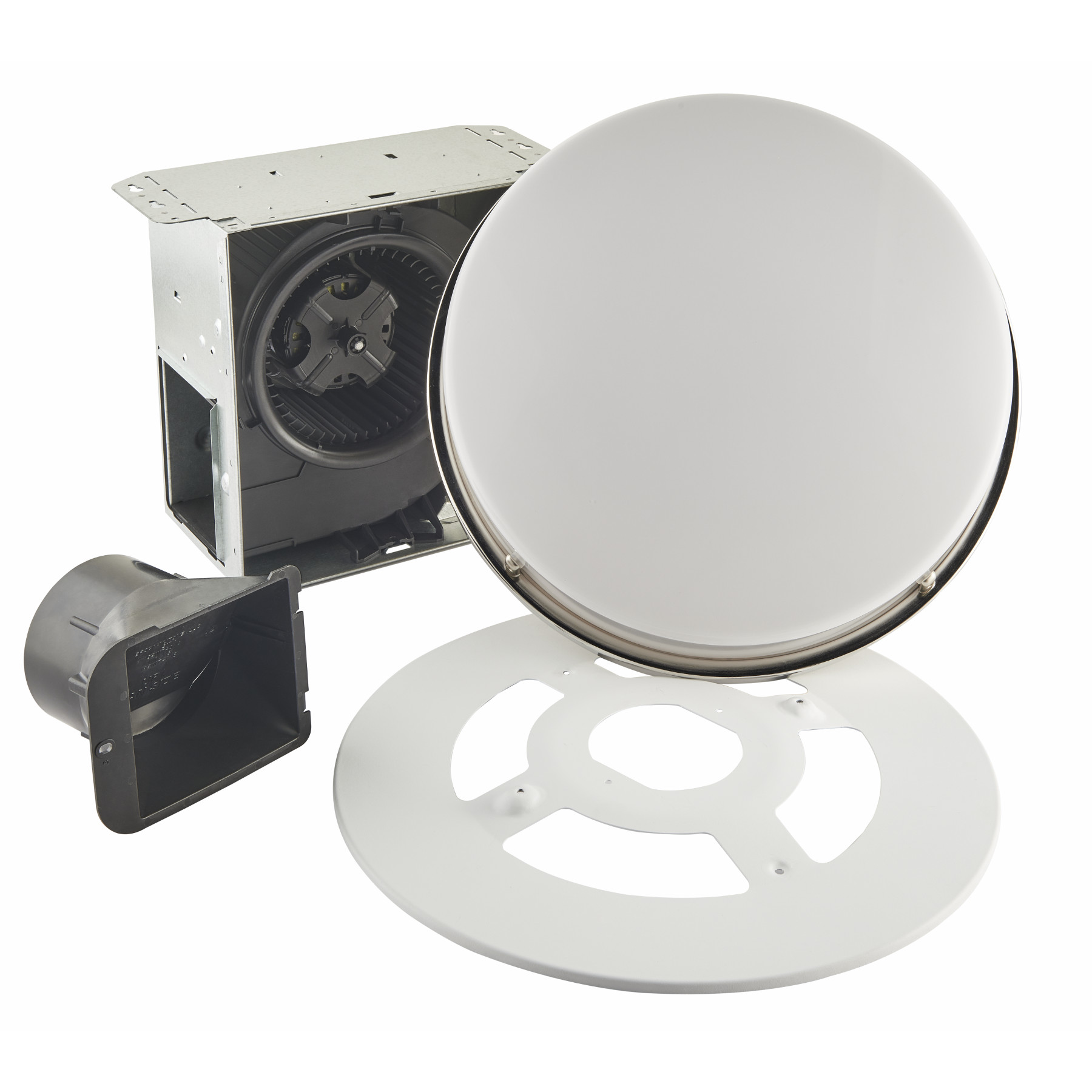
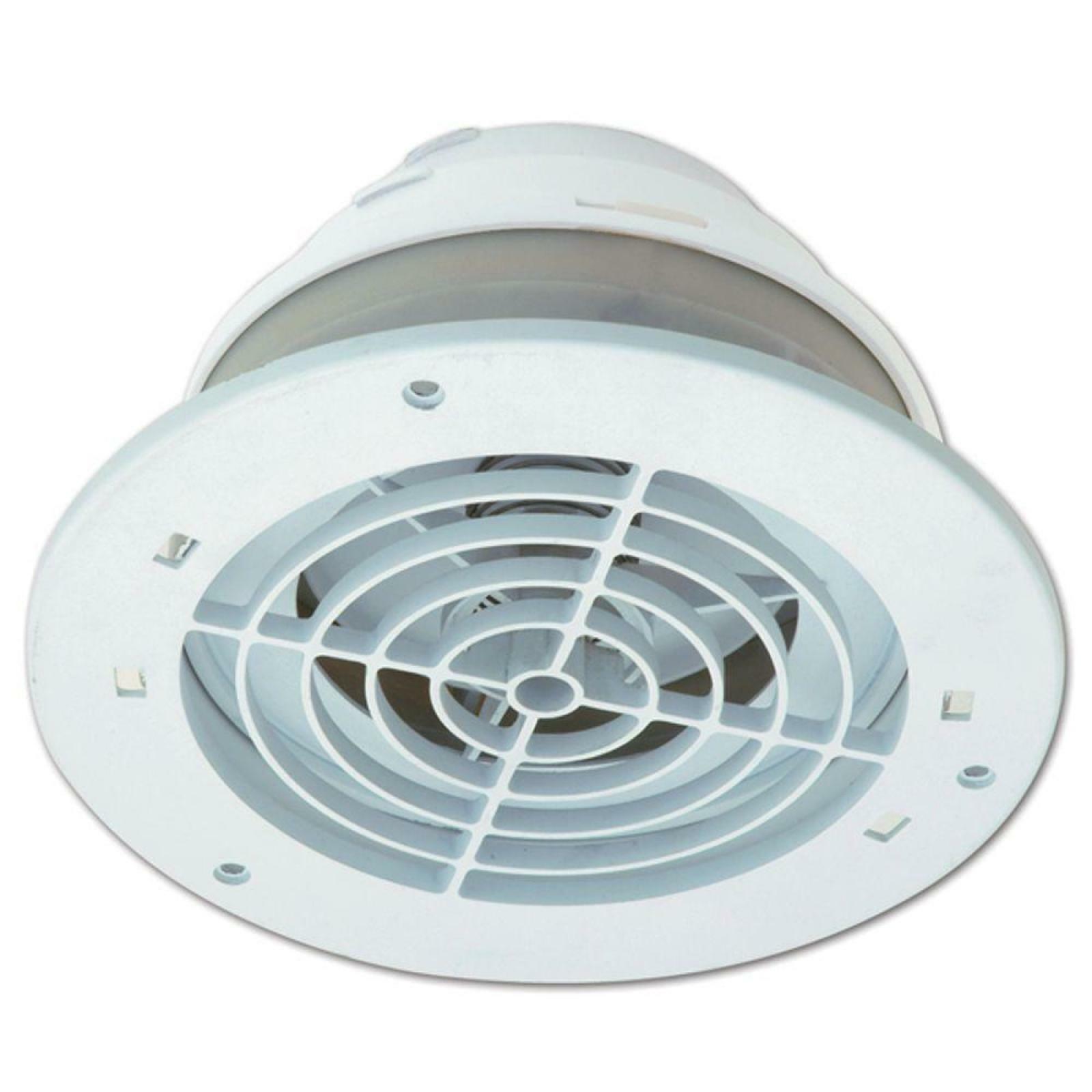


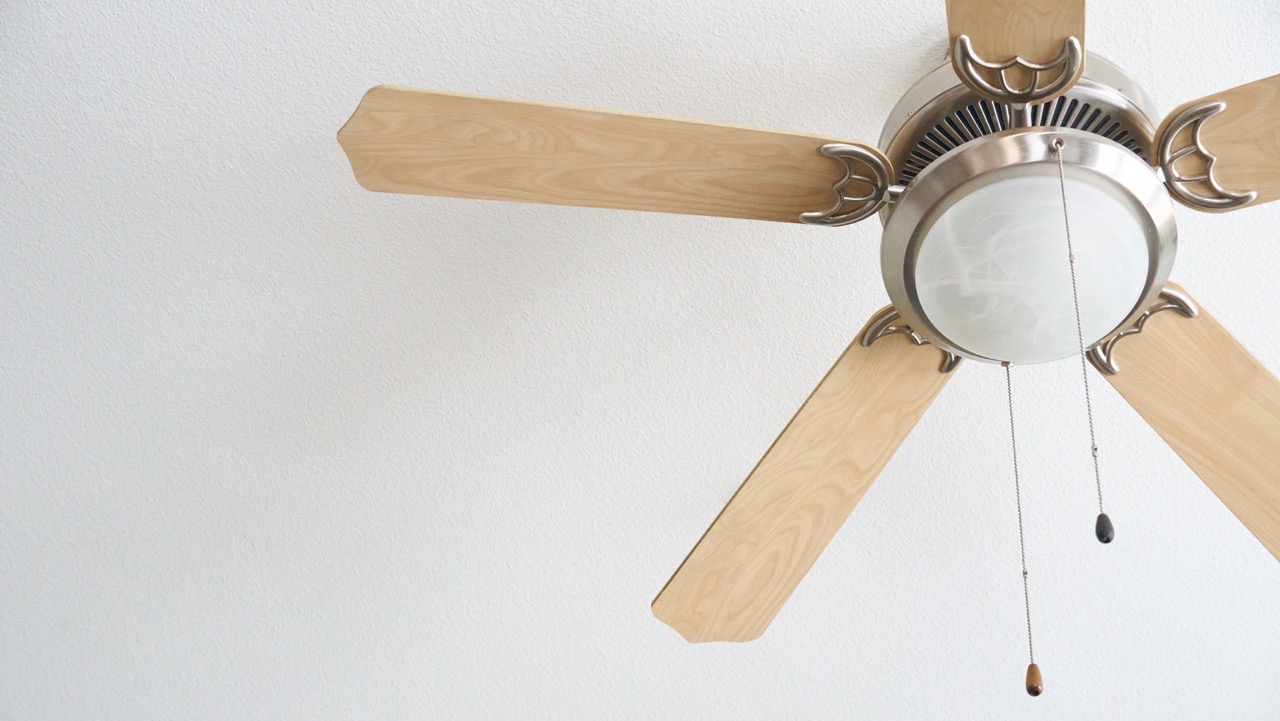
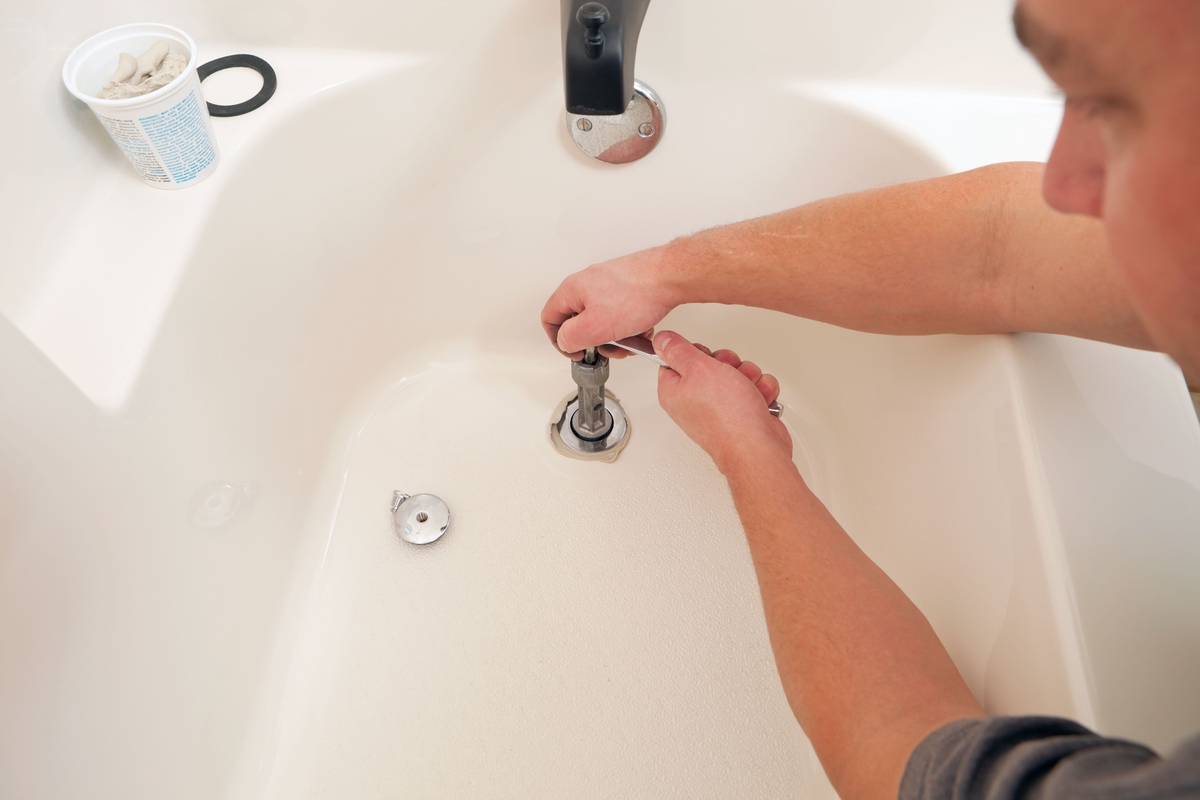
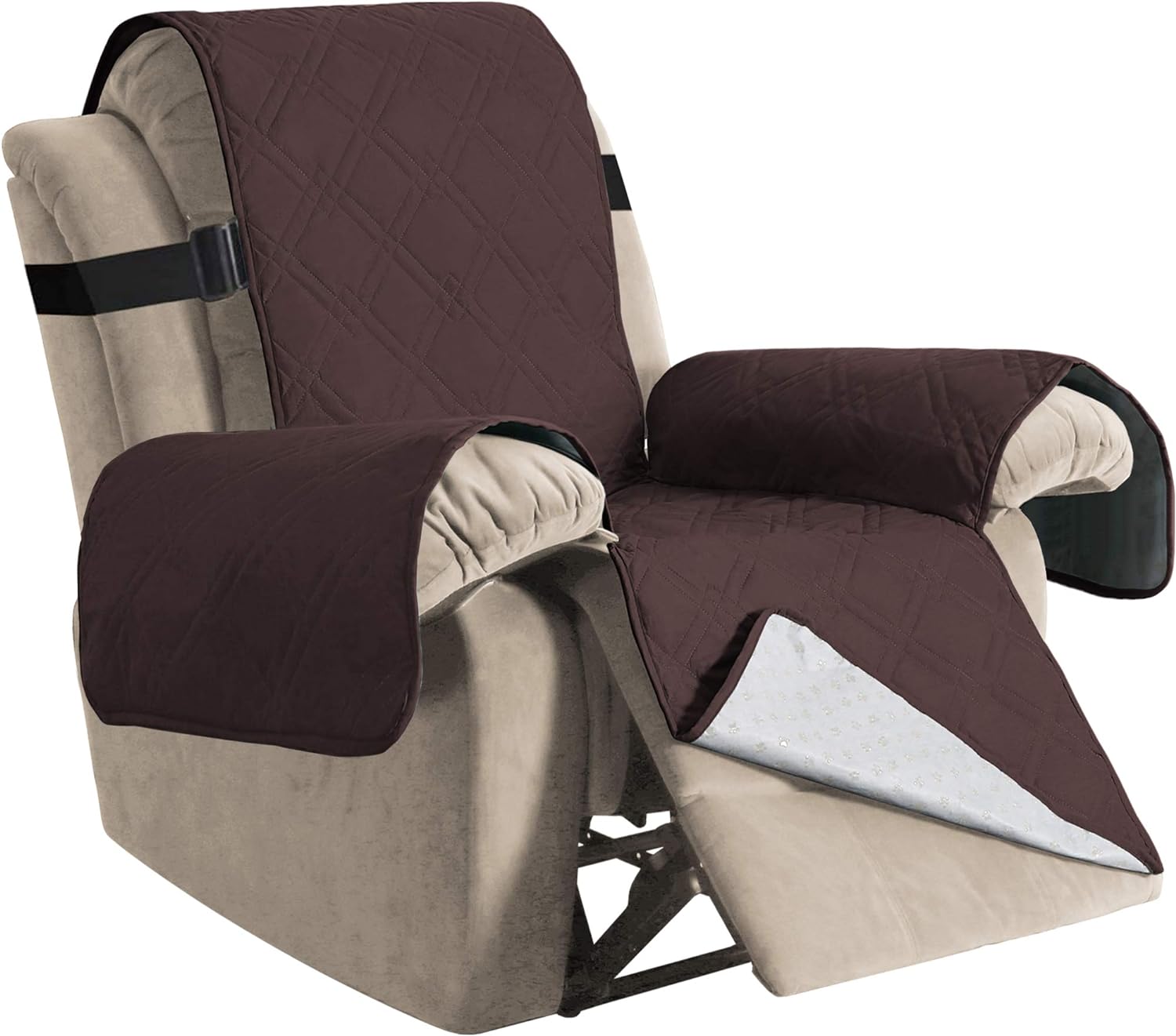
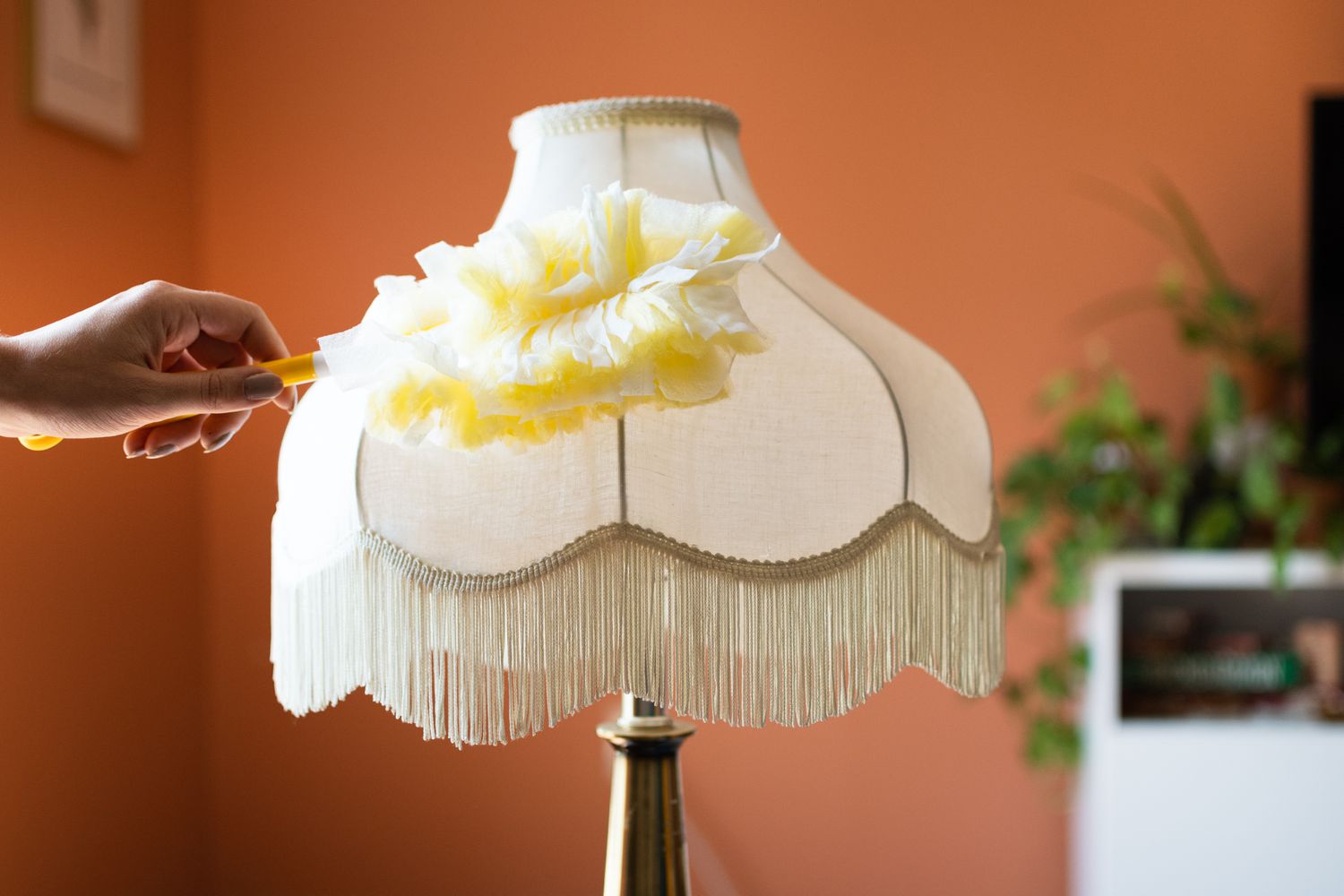
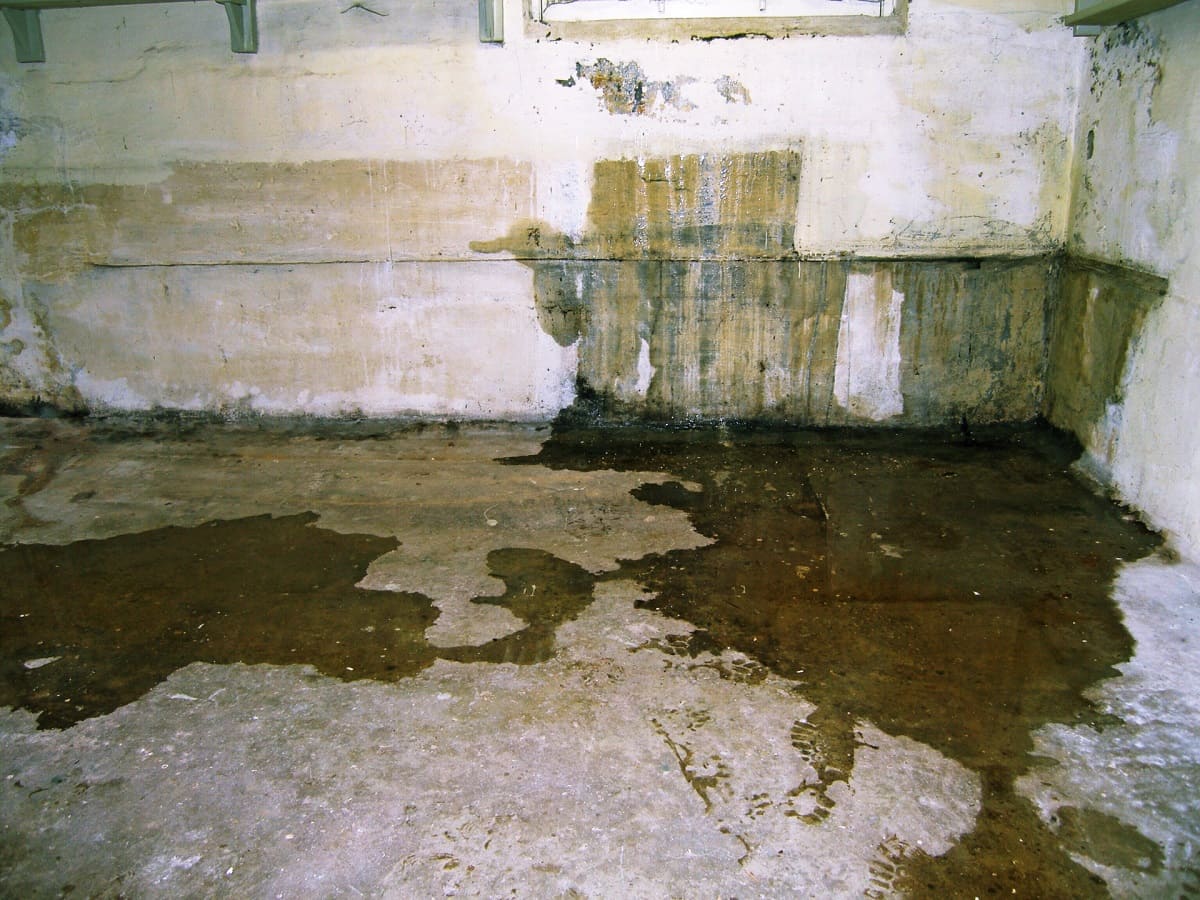



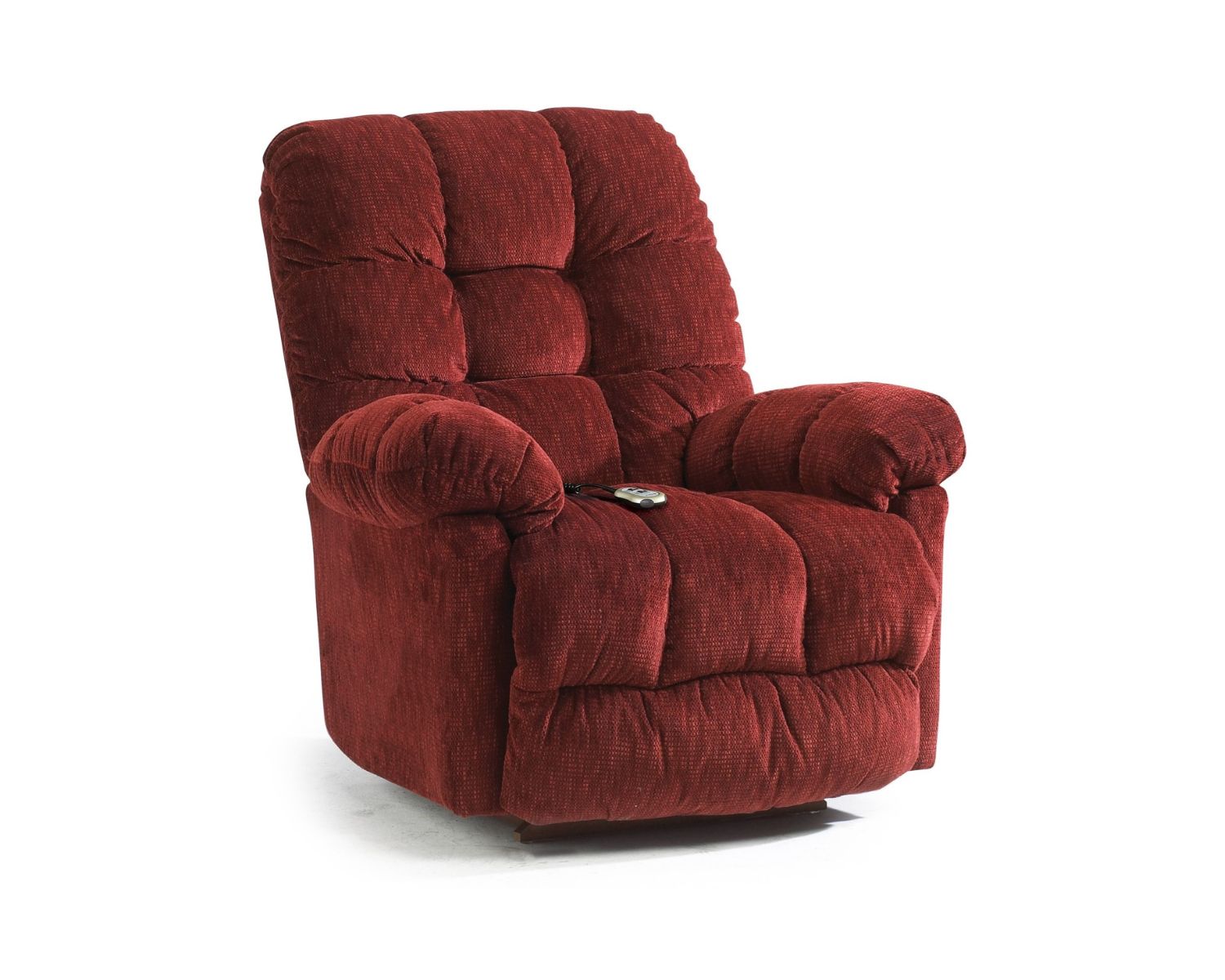

0 thoughts on “How To Stop A Fan From Wobbling”